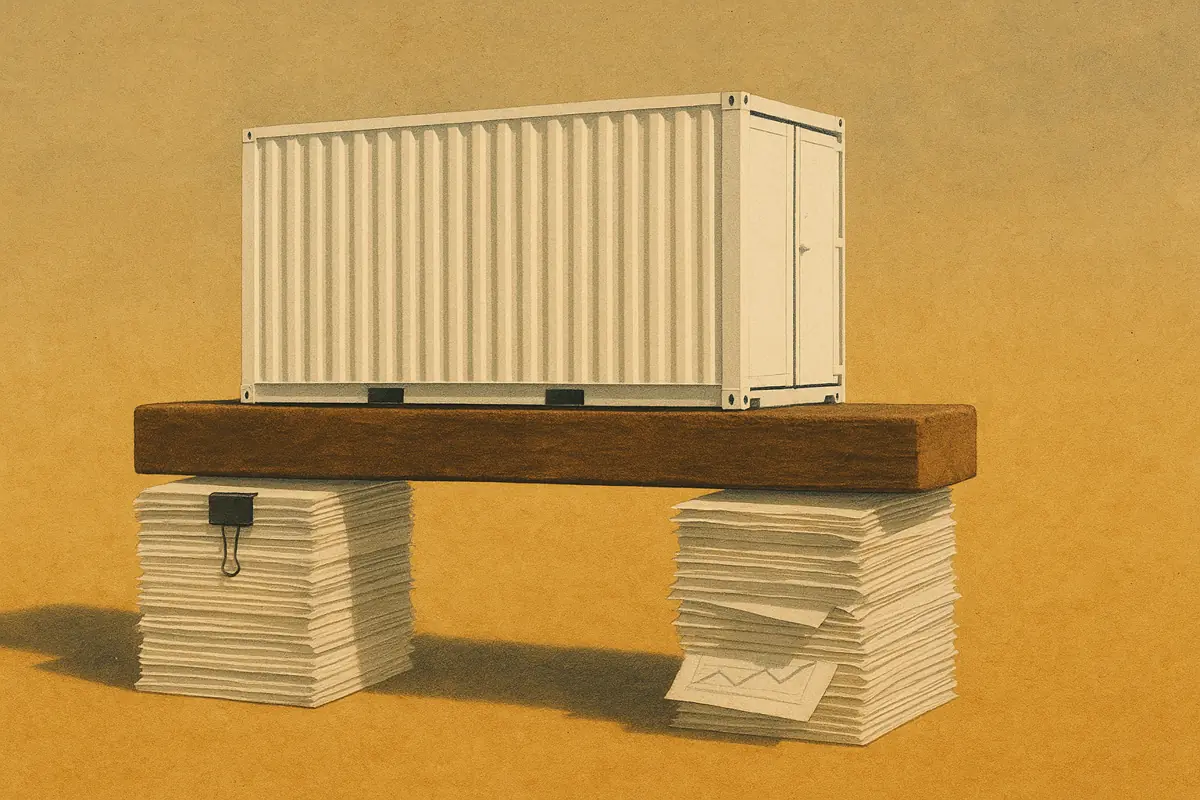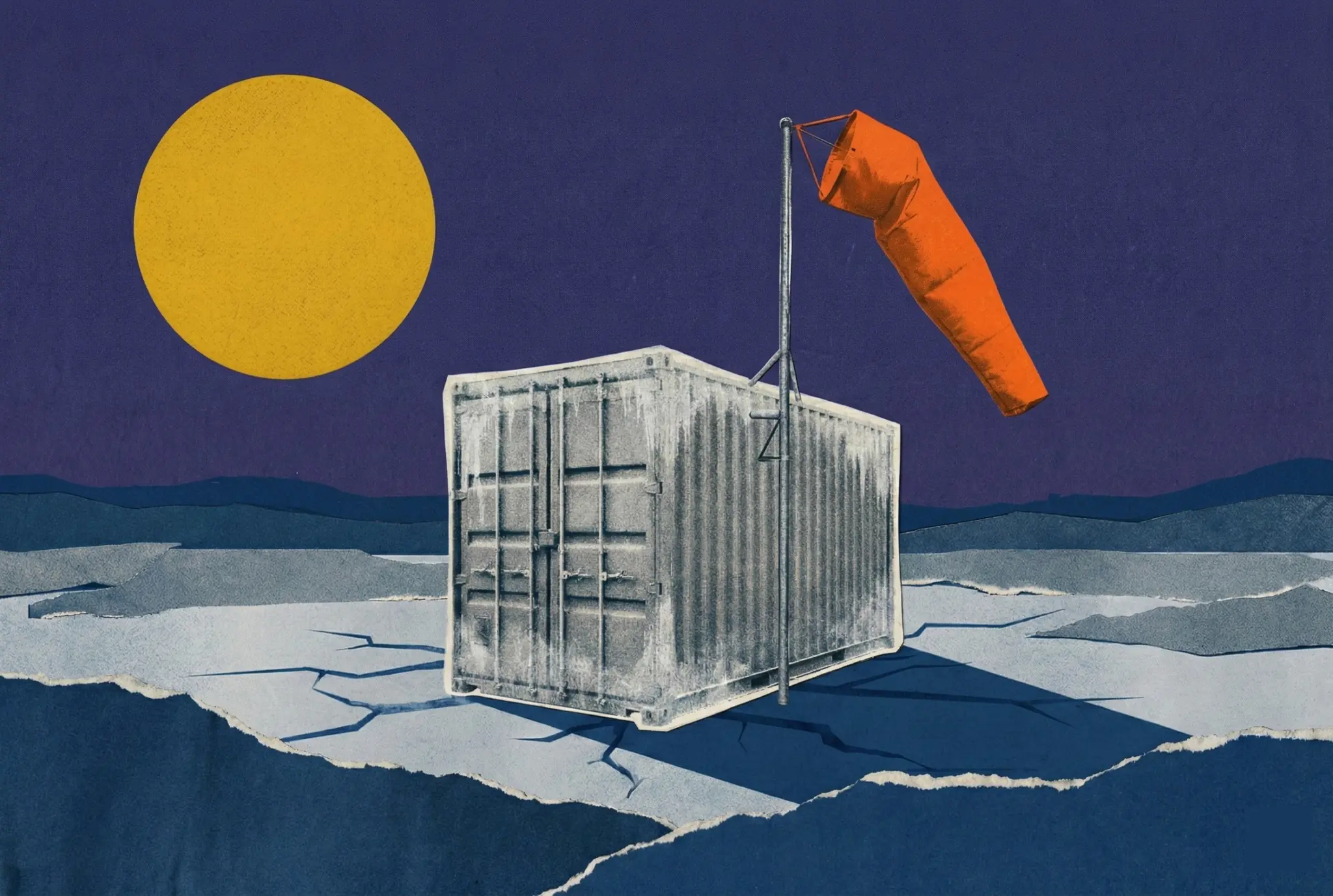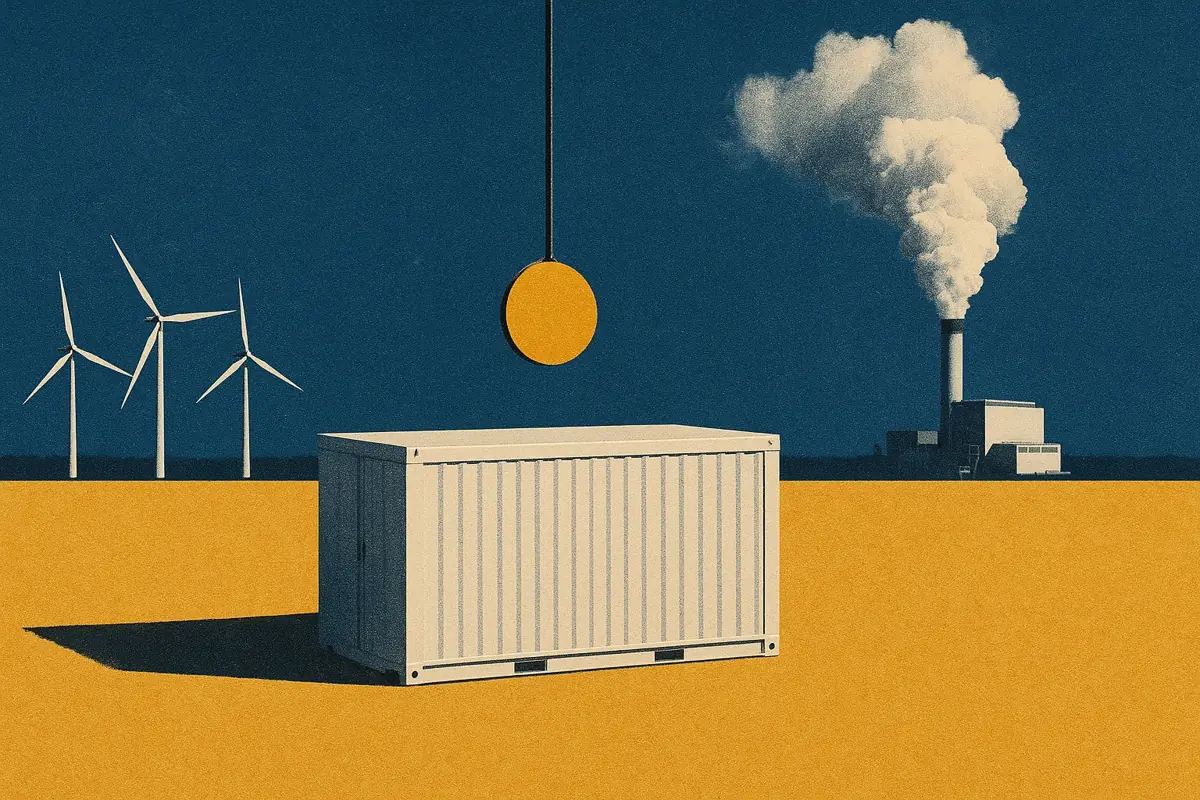New York Independent System Operator (NYISO) is overhauling interconnection queues. In January 2023, NYISO began moving from a serial review to a two‑phase cluster approach to clear its bloated queue and shorten timelines.
The first cluster kicked off in August 2024, and early data shows developers advancing through the queue faster.
Key points
- Clustered approach. NYISO replaced the first-come-first-served serial process with a Cluster Study system. Regulators consider new submissions together if developers meet requirements before the cluster deadline.
- Timing matters. Missing a cluster window pauses progress until the next cycle, thereby pushing battery projects behind hundreds of others. Because queue windows are sequential, a new cycle will not accept applications until the preceding study is complete. In contrast, a continuous cycle helps minimize overall processing time; however, delays in submission can still push commercial operation back by up to two years.
- Higher costs, less speculation. Study deposits of $100,000–$250,000 incentivize more mature submissions and will lower attrition.
What this means for storage
NYISO’s reform provides a clearer route to interconnection that favors readiness, scale, and financial strength.
- Faster interconnection. Shorter path from proposal to operation, cutting multi‑year waits.
- Higher barriers. Larger, well‑funded developers benefit; smaller players face steeper financial hurdles.
- More certainty. Shared studies and clear milestones provide earlier, firmer answers on viability.
- Stronger pipeline. The queue filters speculative projects, improving overall quality and investor confidence.
1. The new interconnection process should reduce wait times for clustered projects
NYISO’s backlog has doubled from 176 projects in 2018 to 350 in 2025, reflecting the national trend of longer project timelines.
In response to this surge, the Federal Energy Regulatory Commission (FERC) issued Order No. 2023, requiring system operators to reform interconnection procedures.
Consequently, NYISO, like PJM, adopted a batch process for all projects submitted after January 2023 - aiming to cut the typical 5+ year wait time from interconnection request to commercial operation.
2. Batteries dominate the interconnection queue
The queue now includes two tracks: “Fast Track” projects, which are mature and grandfathered, and “Cluster Study” projects in the first batch.
“Fast Track” projects are negotiating Interconnection Agreements or already under construction, targeting commercial operation dates (COD) before 2030.
Cluster Study projects are earlier in the process and awaiting System Impact Studies - with target CODs between 2027 and 2032. That puts these projects in the queue for roughly three to eight years.
To date, only five battery energy storage system (BESS) projects, totaling 100 MW, have passed through NYISO’s queue. Nevertheless, the market is set to grow rapidly to meet Governor Kathy Hochul’s storage target of 6 GW by 2030.
Both tracks are dominated by batteries, with more than 2 GW in the Fast Track and nearly 18 GW in early Cluster Study stages. Although some projects will withdraw, batteries still represent 57% of active projects. Even so, projects can linger in the queue for years, and ultimately only about 9% of submissions are placed in service.
Recent incentives such as the Index Storage Credit (ISC) program and declining battery capital expenditures (CapEx) have fueled this surge in submissions.
3. Where, and how big, are the BESS projects?
Four-hour batteries lead the application pool, allowing developers to maximize their Internal Rate of Return (IRR) per project.
Meanwhile, some developers are also proposing 10-hour systems across New York to benefit from higher capacity accreditation and capture more value from capacity and ancillary service markets.
Developers with 10 hour BESS systems will capture up to 95% higher capacity payments in high-need zones, like New York City. Therefore, 10-hour BESS could receive upwards of $2 million extra per year in capacity payments.
Submissions cluster around New York City and Long Island, where high load and reserve needs create attractive opportunities for battery projects. Northern New York has seen limited battery development due to abundant generation and lower reserve needs, which reduces arbitrage potential.
4. Why the reform matters for developers
Under the new approach, NYISO expects projects entering in Q3 2024 to begin construction by June 2026—roughly 50% faster than under the prior process.
For projects in the initial study, the stages are:
1. Application and validation (August–September 2024)
A cluster study deposit (see below) and non‑refundable application fee are due before the customer engagement window. The amount scales with nameplate capacity and is due upfront to confirm a place in the cluster. Larger projects post larger deposits to demonstrate readiness and cover shared study costs.
2. Customer engagement window (September 2024–June 2025)
NYISO and developers align on project design. Developers submit applications and deposits while NYISO screens for technical readiness, including a new physical infeasibility test.
3. Cluster Study phase (September 2024–April 2026)
Limited changes are allowed after the engagement window. Afterward, projects are examined in parallel to determine system upgrade needs and grid impacts. In addition, NYISO confirms safety and capacity expansion alignment. Meanwhile, withdrawal penalties equal 20% of the study deposit, which in turn raises the cost of late exits and should reduce churn.
4. Iterative decision period (April 2026–construction)
Final negotiations lead to an Interconnection Agreement and the start of construction. Projects exit the queue and move toward commercial operation.
5. Filtering the field
The new structure clears speculative projects and reshapes participation. It prohibits mid-stream modifications, rewards earlier diligence, and discourages speculation through higher upfront costs. This narrows the field and improves predictability for projects that remain.
Study deposits
NYISO now requires study deposits at the time of application to cover staff costs. Fees scale with project size - from $100,000 for small systems to $250,000 for larger ones. Projects under 80 MW pay the $100,000 minimum. Regardless, these deposits make up only a small share of total system cost and do not influence optimal system size.
Conclusion: cluster reform rewards readiness and timing
NYISO has shifted from one-by-one interconnection reviews to clustered studies, a change that should speed analysis and clear the backlog.
As a result, missing a cluster window can delay projects by several years, thereby increasing the value of preparation and timing. At the same time, higher study deposits discourage speculation and reward developers who are financially and technically ready to move.
Ultimately, the result is a smaller, more credible pipeline, stronger investor confidence, and clearer expectations across the market. Therefore, developers who act early and plan around cluster timelines will capture the most value.







